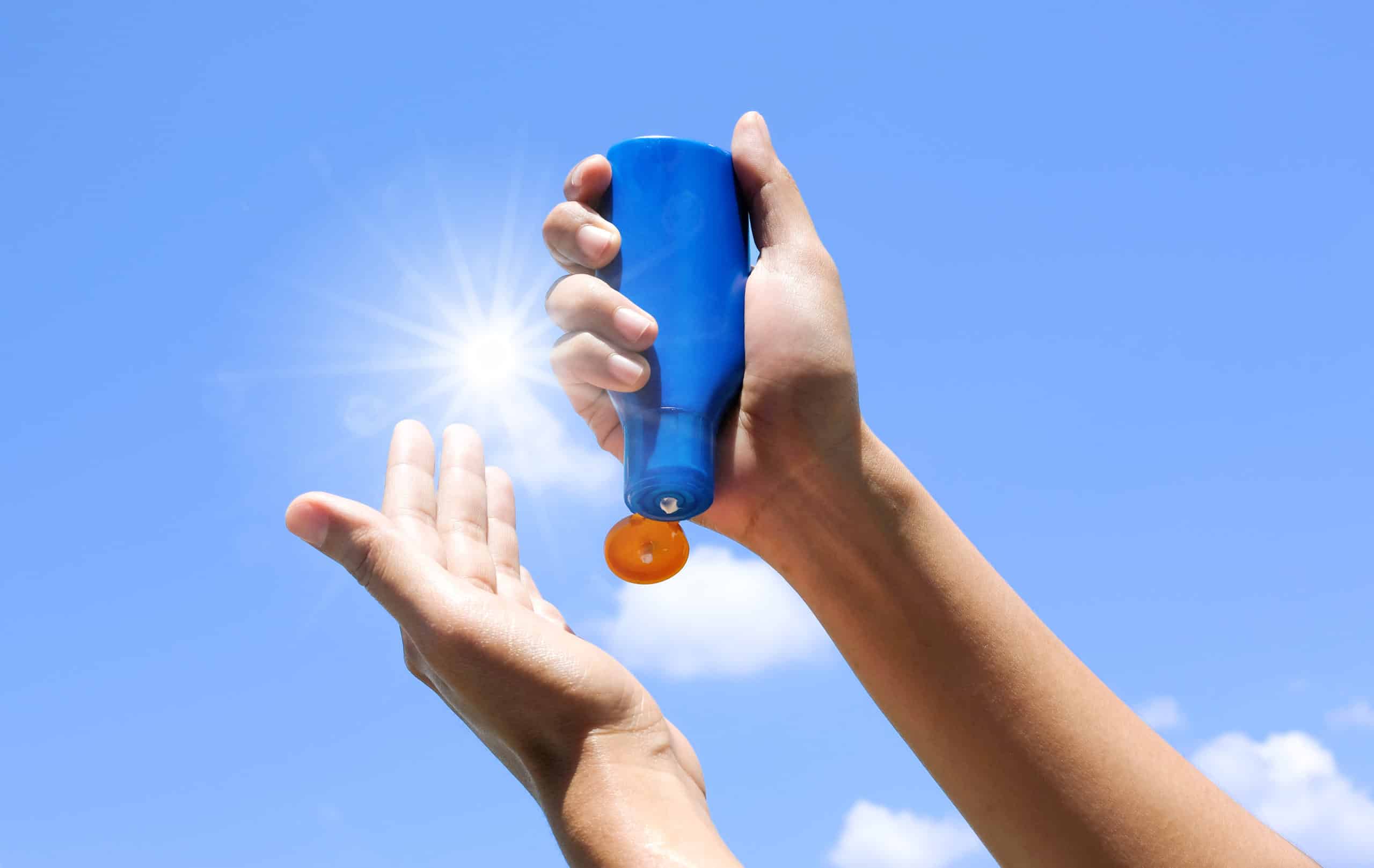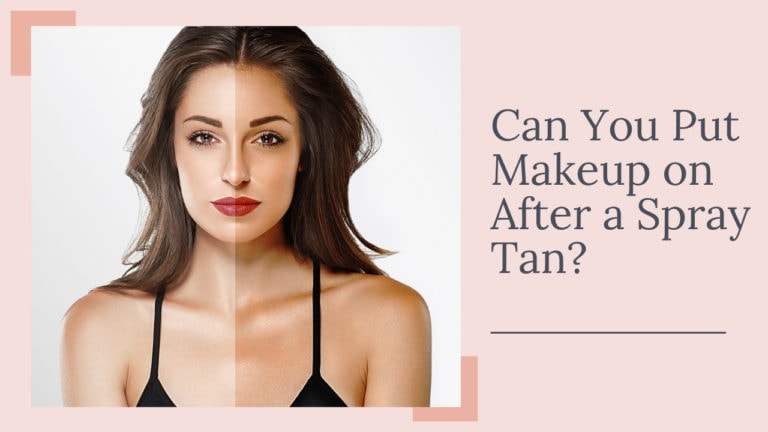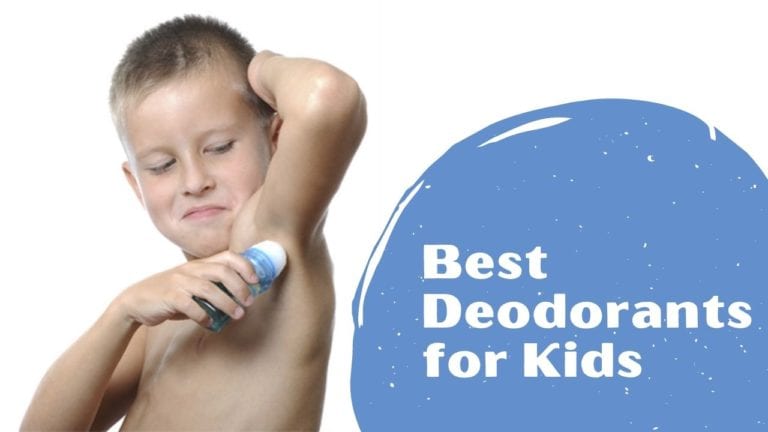What UV Index is Best for Tanning?
If you’re looking to get your tan on and are wondering how to go about it without getting a nasty sunburn then read this article. We’ll reveal what you need to know about the UV index and how to sunbathe safely to achieve a sun-kissed glow.
Without getting into all the science behind it, basically, your skin requires ultraviolet radion a.k.a - sunshine in order to tan. The sun emits both UVA (longwave radiation) and UVB (Shortwave radiation). UVA rays cause you to AGE (the A, in UVA) while UVB can cause your skin to BURN (The B in UVB)
The UV index or UVI (Ultraviolet Index) is a system used to measure the strength of the sun’s rays at any given place or time. The intensity of ultraviolet light emitted from the sun differs throughout the year and is largely based on how near or far you are from the sun.
The chart ranges from 0 to 11 and the higher the value, the greater the risk you’ll have of burning. If you want to tan safely, you’ll need a solid sun strategy to pull off the perfect tan.
How does the Skin Tan?
When your skin is exposed to sunlight UV radiation increases melanin pigments in your skin and triggers your body to release more melanin, thus giving you a suntan.
The amount of UV radiation needs to be high enough to increase the melanin levels of your skin, without burning it. That said, just because it’s cloudy outside, doesn’t mean you can’t tan.
Overcast conditions can block UVB rays but do little in preventing UVA from reaching us.
With that said, skin damage is a real threat - even when it’s cloudy so achieving a tan is going to require that you put some thought into when and how you decide to do so.
Tips for Safe Sunbathing
To achieve an even suntan without damaging your skin, you should expose yourself to the sun for 10 to 15 minutes per day. NO LONGER!
Any longer and you’ll risk a sunburn so stick to this guideline and prepare to build up your tan over some time.
Burning your skin can cause blistering, huge discomfort and can lead to dreadful conditions, like premature aging and skin cancer. A bad sunburn, even once throughout your lifetime can increase your risk of skin cancer by up to 25%!
While tanning your body, make a concerted effort to protect your eyes, lips, and scalp by wearing sunglasses, sunscreen, and a wide-brimmed hat.
After your 10-15 min tanning session, be sure to apply sunscreen regularly ensuring your skin stays protected throughout periods of sun exposure.
Wrapping up
Tanning is a process so don’t be tempted to slather on tanning oil and bake all day thinking you’re going to change color in one day.
You’ll be severely damaging your skin and run the risk of getting sunstroke and/or dehydration - which will make you feel sick.
By keeping an eye on the UV Index and by going into the sun sensibly, you’ll be able to achieve a great sun-kissed look without damaging your body’s largest organ - your skin.




